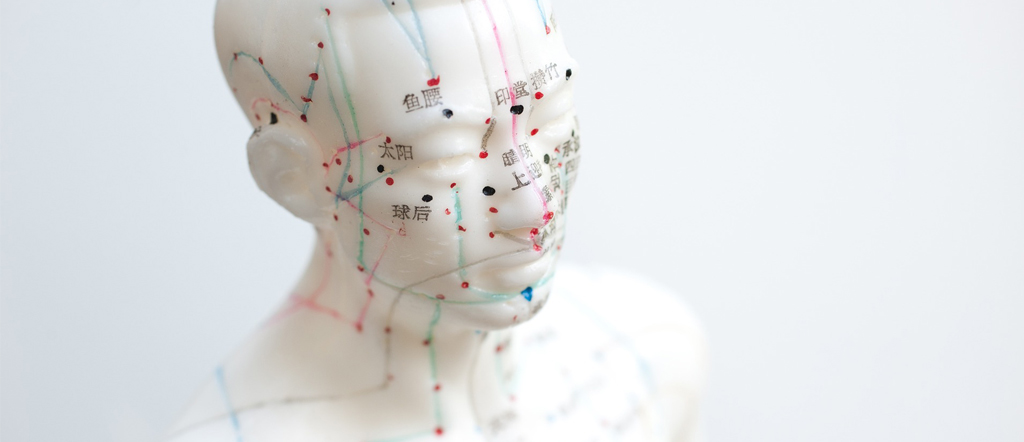
Using Acupuncture to Manage Pain
When we experience pain in the joints or muscle, we reach out for common over-the-counter painkillers. If it does not subside, we get a doctor to diagnose what causes the pain and often we will be prescribed stronger painkillers to make the discomfort more tolerable. Intuitively as part of city lifestyle, we will then book ourselves a massage session either at a spa to help the muscle relax or check into a Traditional Chinese Medicine (TCM) clinic for an acupuncture session to soothe the pain. Hopefully, this stops the pain from coming back.
The age-old art of acupuncture has been used in Asia for centuries to treat many conditions and relieve pain. Unlike the earlier days where the practice is confined to the back rooms of Chinese Medicinal shop that are familiar sights in Chinatown, today it has been integrated as one of the medical practice in all the Government Restructured Hospitals.
Acupuncture involves the insertion of very thin needles through your skin at acupuncture points along the body's pathways to create a stimulus to alleviate symptoms. TCM explains that it is a technique for balancing the flow of energy or life force -- known as chi -- that flows through the pathways in our body. Inserting the needles into specific acupuncture points along these meridians will allow the body's energy flow to rebalance.
There were many studies conducted around the world which support the efficacy of using Acupuncture for pain management. In one study conducted in Egypt1, acupuncture is effective in reducing pains and improving the function of patients suffering from knee osteoarthritis. Where patients are not suitable for surgery, or they are not responding to standard medical treatment and procedures, the study recommends that acupuncture be considered.
The acupuncturist may turn or twirl the needles slightly or apply heat or electrical stimulation to enhance the effects. Some clinics may also burn a therapeutic herb near the skin; this is called moxibustion. "As acupuncture is a non‐drug therapy, we recommend to complement the usual needling with moxibustion," said Dr Gu Fa Long, Hua Mei Acupuncture & TCM Centre's Medical Director.
"Moxibustion refers to the burning of the leaves of a herb called Artemisia argyi to stimulate the acupuncture points for the treatment and prevention of illnesses. The patient will experience a pleasant heating sensation that penetrates deep into the skin," he further explained.
"The warming effect of moxibustion stimulates receptors in the skin, which in turns activates the nervous system. The energy produced by the heat penetrates the epidermis, connective tissues, blood vessels, nervous system, and is absorbed by the tissues to bring about its therapeutic effects," Dr Gu added.
Moxibustion treatment helps with birth contraction pain, and other conditions like paediatric acute diarrhoea, and ulcerative colitis. It has also been shown to modulate the immune system, alter blood circulation and has anti-ageing and anti‐cancer effects.
Acupuncture is quite safe, and the complication rate is low. It helps with back pain, knee pain, frozen shoulder, tennis elbow and knee arthritis, and is well received by patients. While it is primarily used to treat pain, it is increasingly used for overall wellness, including insomnia and stress management.
If you decide to try acupuncture, talk to a qualified TCM practitioner for TCM health management tips. In addition to diagnosis, and depending on the nature of the condition, the physician will recommend appropriate treatments or make specific lifestyle recommendations.
1 Fehr A, El-Batouty MF, El-Bogdady I (2015) Acupuncture Treatment for Knee Osteoarthritis, an Experience from Egypt. MOJ Orthop Rheumatol 3(3): 00092. DOI: 10.15406/mojor.2015.03.00092

